Looking for scapegoats
Last week, a boat hit a lump of metal.
Let’s be a little more specific. On this particular occasion it was a 25-metre tender vessel named Natalia Bekker. A SWATH-designed craft that was named after the former Chief Executive Officer of Bard Holding.
And it’s a vessel that, on the night of 16th February 2013, collided with a wind turbine platform at Bard 1, a 400MW German wind farm, located 100 kilometres northwest of the isle of Borkum.
As incidents go, it was an event significant enough to warrant a brief smattering of media interest and to most likely cause a few red faces for the crew on watch.
Another incident, on another night, incurred while operating in tough conditions in open water. Nothing more, nothing less. Time to move on.
But here’s the thing. This isn’t the first time a vessel has suffered damage at the base of an offshore wind turbine. And it’s unlikely to be the last.
In fact, when you consider that the primary duty of these service transfer vessels is to locate,“hit” and “push against” stationary metal structures, in extreme weather conditions, far out at sea, it’s surprising more damage hasn’t been done.
After all, it’s not what maritime craft have been traditionally designed and built to do. Hitting things was never part and parcel of the seafaring job description.
However, with the rapid expansion of European offshore wind, that’s all changed. And as a result, so too have the vessels and craft configured to support it.
It’s why we see such variability within the early workboat prototypes – with hull design, buoyancy and propulsion all continually adapted and refined as more boats get chartered and hit the water.
It’s also why we see a continual shift and refinement of the configuration of the kit and services offered on board – with each market participant looking for a fresh twist to entice back the construction operatives and engineers they serve.
Combine this period of refinement with long working hours, an all-too often tight working schedule and the exacting demands of the manufacturers, developers and investors and it’s accidents are inevitable.
And like any area of the wind energy market, they form a crucial part of the learning process – helping the market to continue to adapt, adjust and evolve.
However, such evolution is only possible through the ability to collaborate in a wholly constructive manner – avoiding pointing fingers, while being quick to listen and engage.
Such restraint may not always come naturally to many within the market but nevertheless, this ability to look beyond the hunt for a(nother) scapegoat is critical for everyone – not just those working on the boats.